The 2000’s is the decade that designers, in all industries and categories, rediscovered texture. As Minimalism moved through the aesthetic landscape, highly simplified, clean, understated forms became predominant. However, to offset the potential visual boredom these simple shapes can suffer from, designers sought to break them up with the juxtaposition of highly contrasting materials and textures. Interior designers broke up modern, sterile interiors with ultra-shaggy rugs or wall coverings, offset against polished concrete or plastic surfaces. Consumer Electronics designers enriched simple rectangular cellphones with an endless array of molded micro-textures, machined metallic surfaces, and anodized metallic accents. Fashion designers rediscovered course, wooly natural fibers to break up clean, minimal silhouettes. Architects rediscovered the beauty of unfinished concrete regions set against sleek polished glass surfaces. Material/Texture Contrast captures this stylistic theme: the deliberate clash of highly dissimilar materials and textures paired with simple minimal forms. When employing this aesthetic mode, it is important for designers to consider the appropriate level of contrast for their product category. Having a ridiculously shaggy rug under a dining room table that might swallow a guest’s shoe may be appropriate, but on something like a cell-phone, the scale of the texture needs to be subordinate to the functional needs of the device (easily pocket-able, easily cleanable, doesn’t impact overall size, etc.). There is also an interesting interplay between natural and man-made materials and textures: rough-hewn wood against cast aluminum, for example. Or natural wool against a glossy synthetic fabric. Or hand-stitched textured leather paired with bead-blasted anodized aluminum. Go nuts. A special note for Product Designers: ignore those Mold-tech books (except good ol’ matte 11010), and look further afield for fresh new textures to adorn your works.



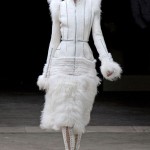
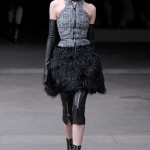

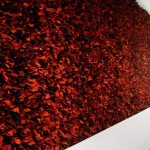
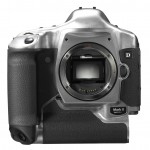

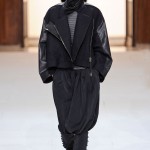
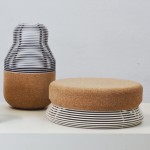



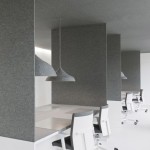

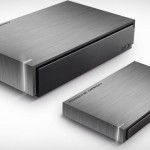
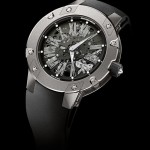

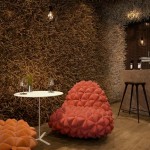


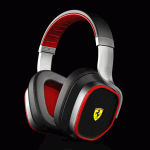
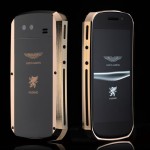
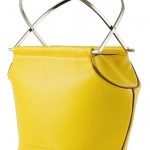

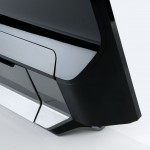
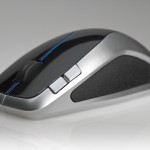


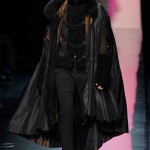






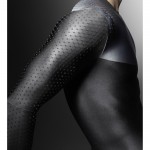


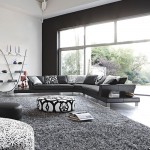
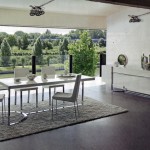
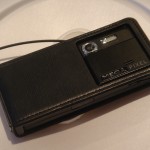


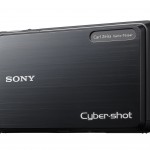
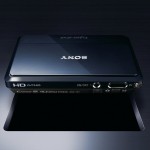


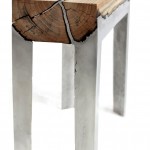
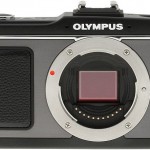
There is so much to do with simple colors and textures and materials…do you think that soft touch is still fresh?